Maternal Sheep Breeding Index

The National Maternal Breeding Evaluation
The UK has world-leading sheep genetics, with over 1,000,000 lambs recorded over the last 25 years and high rates of gain achieved in performance-recorded flocks. We have come a long way.
In 2022, a new multi-breed analysis was launched for maternal breeds, benefits of the service include:
- Enhancing existing EBVs to make them more commercially focused
- Rebasing EBVs to aid interpretation by commercial ram buyers
- More regular breeding evaluations
- Updated breeding indexes
A new way of assessing muscle and fat in maternal breeds
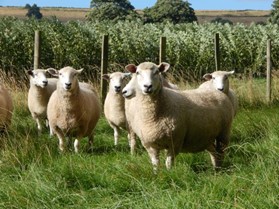 The UK sheep industry pioneered the use of ultrasound scanning to assess muscle and fat levels across the loin.
The UK sheep industry pioneered the use of ultrasound scanning to assess muscle and fat levels across the loin.
Historically, traits like muscle depth have been adjusted for age to identify lambs that lay down muscle at a certain age, regardless of weight.
Sheep with high Muscle Depth EBVs, might have achieved them in two ways:
- Being big, as genetically bigger sheep tend to have more muscle
- Having a high muscle depth, relative to their weight
Breeders can already select for growth rate, so a better approach is to assess muscling independently from growth i.e. a comparison of muscling/fatness at a fixed weight, rather than a fixed age.
Within the new evaluation, all carcase trait EBVs will be weight-adjusted, rather than age-adjusted.
Commercial context
The new approach is advantageous for commercial farmers as it will enable them to optimise muscling and finish when lambs are drawn for slaughter at a specific weight. For maternal breeds this approach has a special relevance, as it means we can increase muscularity without increasing ewe mature size.
Which breeds are involved?
Signet's analysis currently includes for the following breeds, Bluefaced Leicester, Charmoise Hill, Easycare, Exlana, Jacob, Lleyn, Romney Marsh, Roussin, Tefrom, Wiltshire Horn.
New breeding indexes for dual purpose maternal and crossing breeds
Two new breeding indexes have been generated to aid breeders and buyers in the selection of the most profitable rams for commercial sheep enterprises.
- A Maternal Index has been developed for Charmoise Hill, Easycare, Exlana, Jacob, Lleyn, Romney Marsh, Roussin, Tefrom, Wiltshire Horn.
This index aims to reward maternal ability (milk production), prolificacy, early lamb growth rates and carcase quality; while limiting increases in ewe mature weights.
- A Blue Faced Leicester (Crossing) Index has been developed for the Blue Faced Leicester breed, which places less emphasis on prolificacy and more emphasis on early lamb growth rates and carcase traits.
This index aims to reward well flesh breeding lines, with good maternal characteristics; while again trying to limit increases in ewe mature weights.
These indexes aim to enhance the efficiency of commercial ewes; making them more productive without increasing mature size and thus the cost of keeping them or compromising their working lifespan.
So what are the index weightings in the Maternal Indexes?
In general terms the index weightings are as follows
The raw weightings are shown below, but these mean little in isolation as traits have different heritability values and genetic correlations to each other.
Table 1. Raw Index Weightings
|
|
Maternal Index
Raw Index Weightings |
BFL Crossing Index
Raw Index Weightings |
|
Eight Week Weight |
1.2 |
1.5 |
|
Scan Weight |
0.4 |
0.1 |
|
Muscle Depth |
2.5 |
4 |
|
Fat Depth |
2 |
2 |
|
Litter Size Born |
6 |
1 |
|
Litter Size Reared |
8 |
2 |
|
Maternal Ability |
6 |
9 |
|
Mature (Shearling) Wt |
None at present |
None at present |
|
Ewe Mature Size |
See below |
See below |
|
Ewe BCS |
None at present |
None at present |
In addition to these weightings two further penalties are applied within the index
- A non-linear penalty on sheep with very high/low litter born EBVs
- A non-linear penalty on the ~10% heaviest ewes
A better way to assess expected progress
A better way to assess the expected genetic change is to look at the relative change expected through selection.
Table 2. Emphasis in maternal breeding indexes
|
Emphasis |
Maternal Index |
BFL Crossing Index |
|
Eight Week Weight EBV |
27.2% |
32.6% |
|
Scan Weight EBV |
23.8% |
5.7% |
|
Muscle Depth EBV |
24.8% |
37.9% |
|
Fat Depth EBV |
3.4% |
3.2% |
|
Litter Size Born EBV |
3.2% |
0.5% |
|
Litter Size Reared EBV |
4.3% |
1.0% |
|
Maternal Ability EBV |
13.3% |
19.1% |
This data is also shown in the chart below, alongside a standard Terminal Sire Index for non-CT scanning breeds.
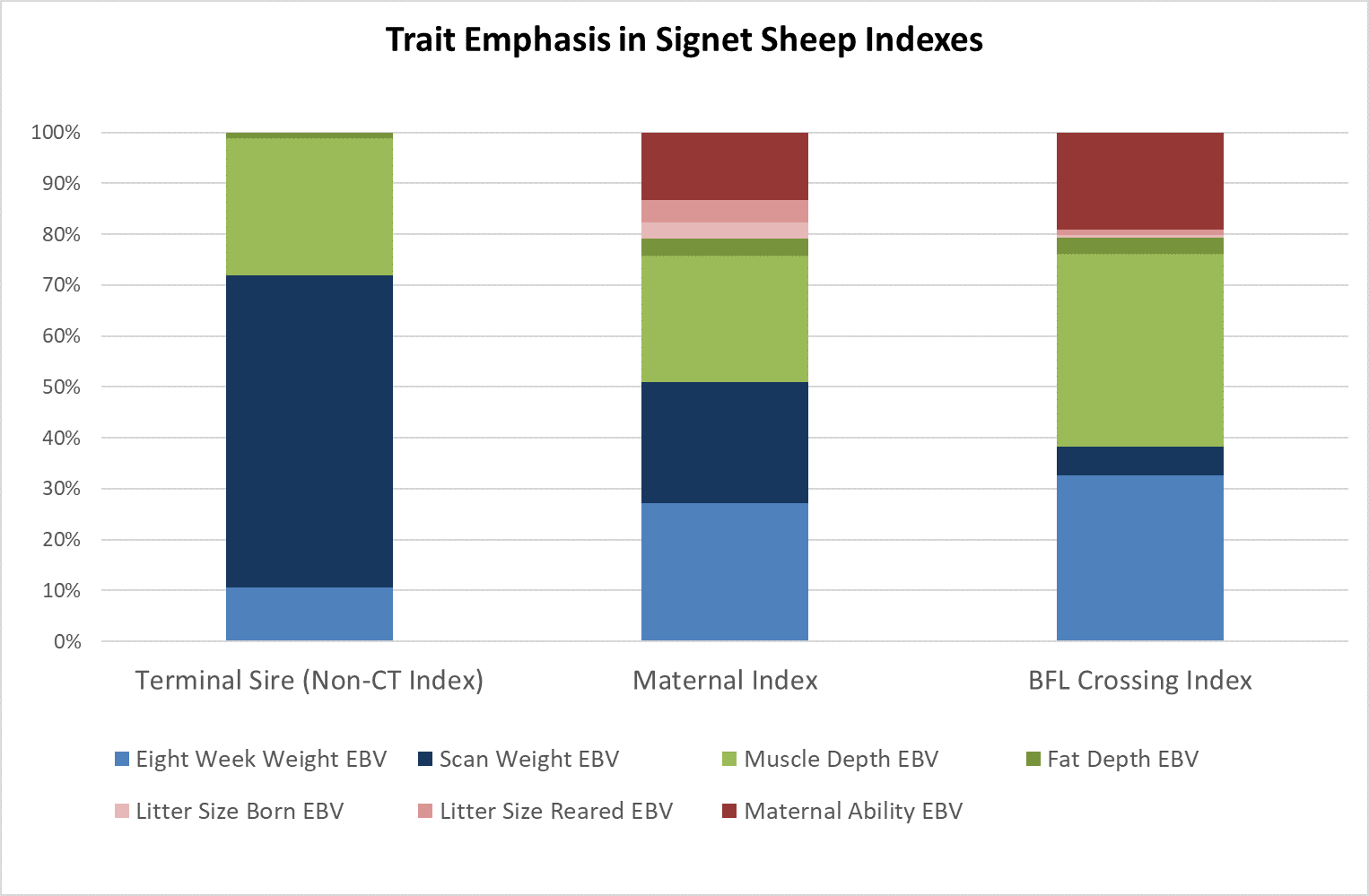
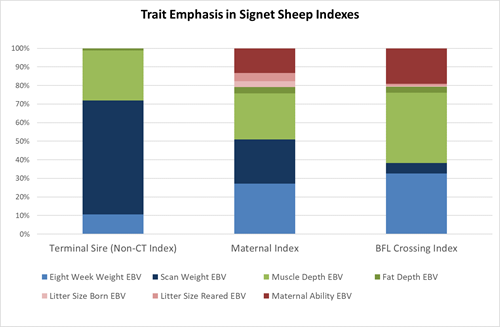
Understanding where you are going….
Now having said that, “weightings” and “emphasis” still don’t always show the overall expected direction of travel in a breed programme. A trait could have very little weighting – but change a great deal because it is related to other traits that are being heavily selected for.
So if you really want to understand “direction of travel” in your flock then export your breeding values into a spreadsheet and plot each breeding value against the index, this shows you the degree to which EBVs are likely to increase under index selection.
Changing direction….
Don’t forget Signet is working on “Index customisation software” that will enable breeders to test different sets of index weightings and determine the impact they would have on their breeding programme. So for breeders with very specific breeding objectives this will be another useful breeding tool for them to consider.
Updating existing EBVs
EBVs for lambing ease, birth weight, litter size, maternal ability and faecal egg count have all been updated using the latest research to make them more informative to commercial farmers.
Brand new EBVs
New estimated breeding values have been developed for the following breeding objectives
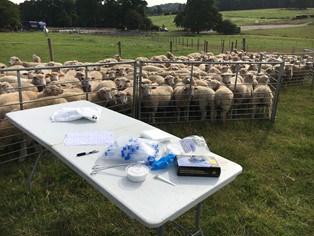 Parasite resistance
Parasite resistance
- Serum IgA EBV
- Parasite Plus (SI) – a sub-index to aid selection for worm resistance
Assessing Ewe Efficiency
- Ewe Mature Weight (at mating) EBV
- Body Condition Score (at mating) EBV
Assessing carcase traits using data derived from the abattoir
- Days to Slaughter EBV
- Carcase Weight EBV
- Carcase Conformation EBV
- Fat Class EBV
Publication of these traits will be influenced by the amount of data collection in the breed.
EBVs and Indexes set to a new base
All Estimated Breeding Values have been reset to a 2015 base, making EBV interpretation easier and more relevant to commercial ram buyers. Changes to the model mean that new, unrecorded breeding stock entering the analysis now do so with a fairer starting point.
Comparing performance between flocks
To enable the comparison of EBVs between flocks, there needs to be genetic linkage between the flocks i.e. some related sheep born in each flock. New online tools are being developed to show the degree of linkage between Signet-recorded flocks to show where comparisons can be made.
Where can I find information?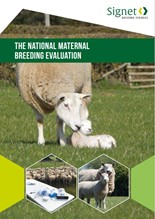
EBVs from the new analysis can be found at signetdata.com. The Signet website also provides lists of sheep that are currently for sale and access to Flock Finder, a listing of breeders that record their sheep. Signet offers a full range of online recording services, so getting started has never been easier. Contact Signet to start recording today. Email [email protected]